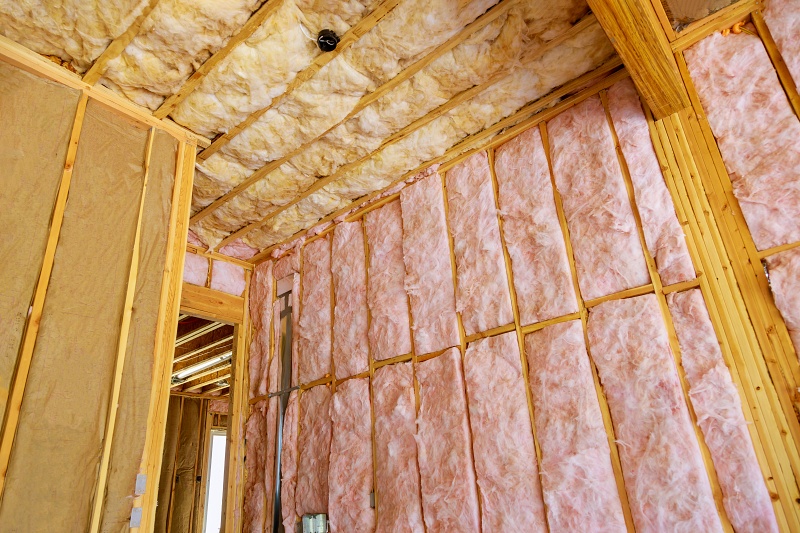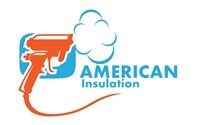What is fiberglass insulation?
Fiberglass insulation is a popular material commonly used in residential and commercial construction for its thermal insulation properties. It is made up of tiny glass fibers, typically woven together into a blanket-like form or compressed into batts or rolls. The fibers in fiberglass insulation help to trap pockets of air, which create a barrier against heat transfer, thus providing a layer of insulation within the walls, ceilings, and floors of a building.
The use of fiberglass insulation has become widespread due to its cost-effectiveness and ease of installation. It is known for its lightweight nature, making it easy to transport and handle during the construction process. Additionally, fiberglass insulation is non-combustible, meaning it does not ignite easily and can help to slow down the spread of fire in a building. This characteristic has made it a popular choice for fire-resistant applications in both residential and commercial structures.
Is fiberglass insulation harmful to health?
Fiberglass insulation, commonly used in homes and buildings to improve energy efficiency, has been a subject of debate regarding its potential health effects. Some concerns have been raised about the release of tiny glass fibers into the air, which may be inhaled and pose a risk to one’s health. While scientific research on the topic is ongoing, it is essential to consider a few key factors.
Firstly, fiberglass insulation is generally considered safe if installed and maintained correctly. The Occupational Safety and Health Administration (OSHA) has established guidelines for safe handling, installation, and disposal of fiberglass insulation, aiming to minimize any potential health hazards. It is crucial to follow these guidelines to ensure the insulation’s safe use and to reduce the risk of exposure to glass fibers. Additionally, using appropriate personal protective equipment while handling fiberglass insulation further minimizes any potential health concerns.
Does fiberglass insulation cause allergies?

Fiberglass insulation has long been known as a popular choice for insulating homes and buildings. However, one common concern among homeowners is whether fiberglass insulation can cause allergies. While fiberglass insulation itself is not known to directly cause allergies, some individuals may experience allergic reactions when exposed to the fibers.
The tiny glass fibers used in fiberglass insulation can irritate the skin, eyes, and respiratory system if they come into direct contact or are inhaled. This irritation can lead to symptoms such as itching, redness, coughing, sneezing, and difficulty breathing in sensitive individuals. It’s important to note that these reactions are more likely to occur during installation or if the insulation is disturbed, releasing the fibers into the air.
Is fiberglass insulation flammable?
Fiberglass insulation is widely used in residential and commercial buildings to provide thermal insulation. One important aspect that concerns many people is its flammability. It is crucial to understand the fire resistance properties of fiberglass insulation to ensure the safety of occupants in case of a fire incident.
Fiberglass insulation, when properly installed and maintained, has a high resistance to fire. The material is made from glass fibers that are non-combustible, meaning they do not catch fire easily. In the event of a fire, fiberglass insulation can help slow down the spread of flames by acting as a barrier between the fire source and the rest of the building. Additionally, fiberglass insulation does not produce toxic gases when exposed to fire, which further enhances its safety profile. These characteristics make fiberglass insulation a desirable choice for improving fire safety in buildings.
Does fiberglass insulation lose its effectiveness over time?
Fiberglass insulation, popularly used in residential and commercial buildings, is known for its durability and long-lasting performance. However, over time, there is a possibility that its effectiveness may decline. This is primarily due to a phenomenon called settling. As the insulation settles, it becomes more compact, reducing its ability to trap air and regulate temperature effectively. Consequently, this can lead to decreased energy efficiency and an increase in heating or cooling costs.
Additionally, moisture can also impact the effectiveness of fiberglass insulation over time. If moisture is allowed to penetrate and accumulate within the insulation, it can cause the fibers to become compressed or clump together, reducing its insulation properties. This can occur due to leaks, poor installation, or inadequate vapor barriers. Therefore, it is crucial to regularly inspect and maintain the insulation to mitigate the effects of settling and moisture on its performance.
Is fiberglass insulation prone to mold and mildew growth?
Fiberglass insulation, widely used in the construction industry, creates a thermal barrier by trapping air and reducing heat transfer. While it is an effective insulating material, there have been concerns about its susceptibility to mold and mildew growth. Moisture is the primary contributor to mold and mildew, and if fiberglass insulation becomes wet or damp, it can provide a favorable environment for these microorganisms to flourish.
However, fiberglass insulation itself does not promote mold or mildew growth. It is made of inorganic materials that are not a food source for mold or mildew. The key factor determining the growth of these organisms is the presence of moisture. If moisture enters the insulated area due to leaks, condensation, or high humidity levels, it can create the perfect conditions for mold and mildew to develop, regardless of the insulation type. Therefore, proper moisture control and a well-ventilated space are crucial to prevent mold and mildew growth, irrespective of the type of insulation used.
